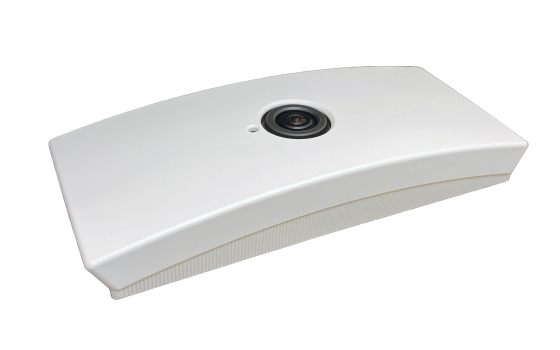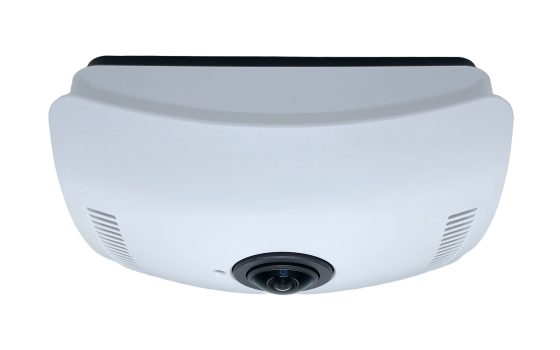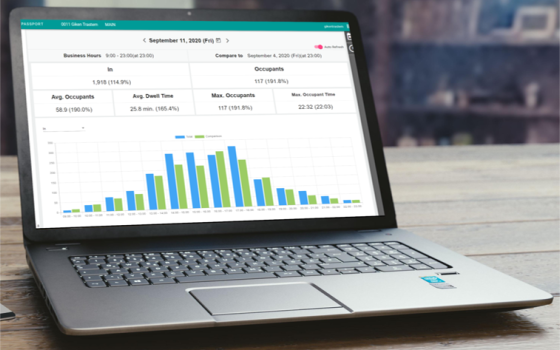CASE STUDY
Unlock Higher Sales with an Optimize Retail Store Layout
Unlocking the power of your store layout
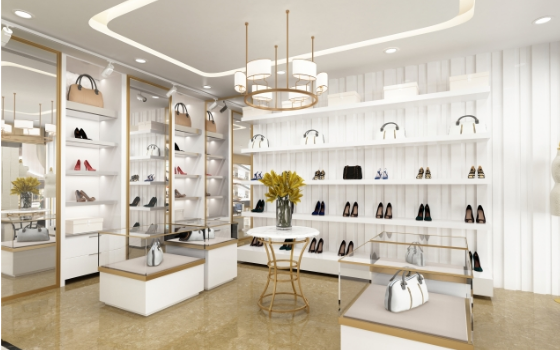
Many retailers struggle with designing a layout that not only draws shoppers in but keeps them engaged throughout their visit.
In this case study, we’ll explore how an engaging store layout can dramatically improve customer flow and lead to higher sales.
By analyzing how shoppers move through your store and making data-driven design changes, you can turn your retail space into a powerful sales machine.
Ready to unlock your store's full potential? Let’s dive in.
Why store layout Is the key to engaging shoppers
The store’s floor plan plays a critical role in shaping the shopping experience
It's not just about making your store look nice—it’s about creating an environment that draws customers in and encourages them to explore every corner. The layout of your retail space has a direct impact on:
• Customer engagement:
Customers are more likely to interact with your products if they find it easy and enjoyable to navigate your store.
• Sales:
A strategically designed layout can increase the visibility of key items, encouraging more purchases.
• Customer retention:
An engaging shopping experience encourages repeat visits, which is vital for long-term business success.
An optimized store layout does more than just guide customers through your space—it influences where they spend their time, which products they see, and ultimately, how much they buy. Let’s take a closer look at how understanding foot traffic can help you make the most of your retail floor plan.
Understand foot traffic (customer traffic)
How shoppers interact with your store
By tracking how customers move through your store, you can gather valuable insights into which areas receive the most attention and where improvements can be made to enhance customer flow and engagement.
High traffic areas
Identify the zones where customers naturally gravitate. These are prime spots for placing high-margin products or promotional displays.
Customer flow patterns
Analyze the typical paths that shoppers follow as they move through your store.
Dwell time
Measure how long customers spend in specific sections. Higher dwell time in an area often indicates strong engagement, while lower dwell time may signal a problem with product placement or layout.
Proven store layout strategies to boost customer engagement
With help from the foot traffic system
Here are some proven strategies to optimize your store layout:
Create clear pathways
Guide customers through your store with logical pathways that encourage exploration. Avoid cluttered aisles and ensure there’s enough space for shoppers to move freely, especially in high-traffic sections. A well-thought-out pathway can direct customers to areas they might otherwise overlook.
Highlight high-traffic areas
Maximize the visibility of key products by placing them in high-traffic areas. These spots should feature your best-sellers, new arrivals, or seasonal promotions. Use eye-catching displays and strategic signage to draw customers’ attention. Place high-margin or popular products in high-traffic areas to maximize visibility and sales.
Place frequently purchased items at the back (destination items)
This classic retail strategy ensures customers walk through more of your store to reach essential or popular items. By doing so, they’re exposed to more products, increasing the likelihood of impulse purchases.
Optimize product placement for impulse buys
Place small, low-cost items near the checkout area to encourage impulse purchases. These items should be visually appealing and easy to grab while customers wait in line.
Enhance Visual Merchandising (VMD)
Use visual merchandising to create attractive, cohesive displays that capture customers’ attention. Rotating displays regularly keeps your store fresh and engaging, encouraging repeat visits.
The bottom line
How engaging store design drives sales
By understanding how customers move through your store and making data-driven decisions about product placement, aisle configuration, and visual merchandising, you can create a more efficient and engaging retail environment.
CASE STUDY
-
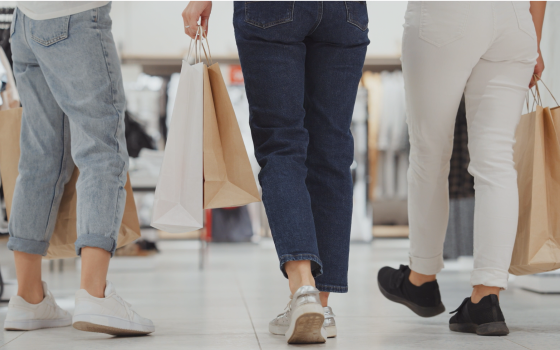
How to Calculate Retail Conversion Rate
One of the most important metrics is the Conversion Rate, which indicates the percentage of visitors to your store who make a purchase.
-
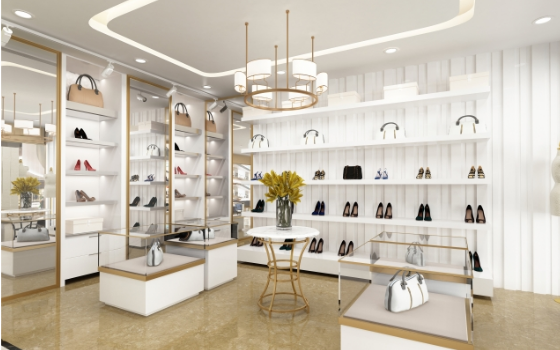
Unlock Higher Sales with an Optimize Retail Store Layout
The store layout plays a critical role in the overall shopping experience and has a direct impact on your sales.
-
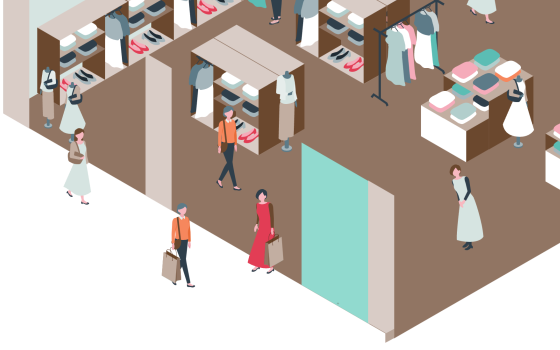
How Walk-In Rate Drive Retail Success
Walk-In Rate provides valuable insight into the store's location power and the effectiveness of its visual merchandising and displays.
-
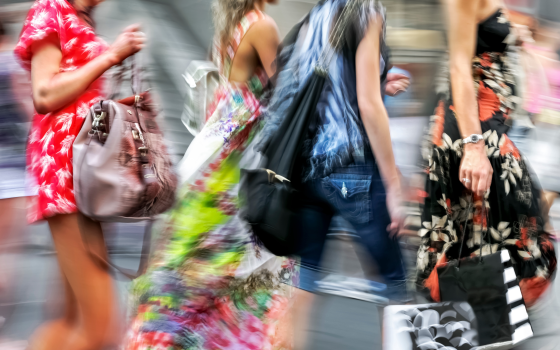
Identifying Peak Shopping Times
Understanding when your store experiences peak shopping times is essential to optimizing operations and maximizing sales.
-
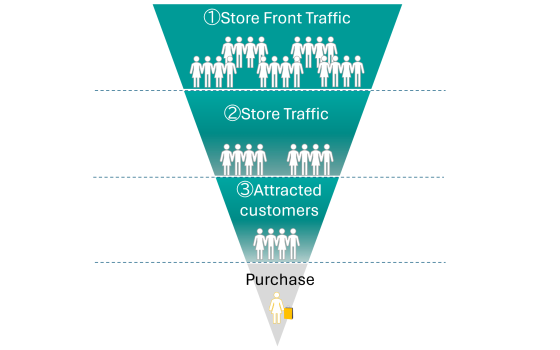
Key Actionable Insight for In-store Marketing Analytics
One of the key actionable insights is bounce rate, which measures the percentage of visitors who enter the store but leave without further engagement.
-
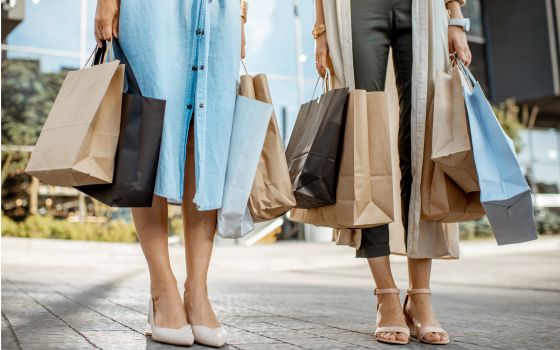
Secret of Dwell Time in Retail
Explores the importance of dwell time, its impact on retail performance.
-

From Foot Traffic to Revenue in Retail
Improve store performance and increasing profitability by analyzing Revenue Per Visitor (RPV).
-

POS Data Analytics Misses Key Insights
Imagine customer insights as an iceberg. Explore how integrating people counting systems can help retailers see the whole iceberg, giving them a fuller picture of customer behavior.
-
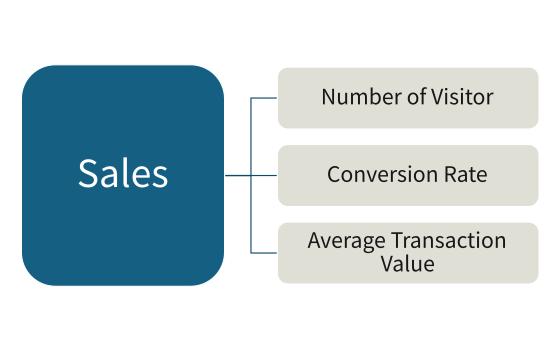
3 KPIs That Will Transform Your Retail Sales Strategy
3 KPIs (Number of Visitors, Conversion Rate, and Average Transaction Value) each playing a crucial role in propelling your business forward.
-
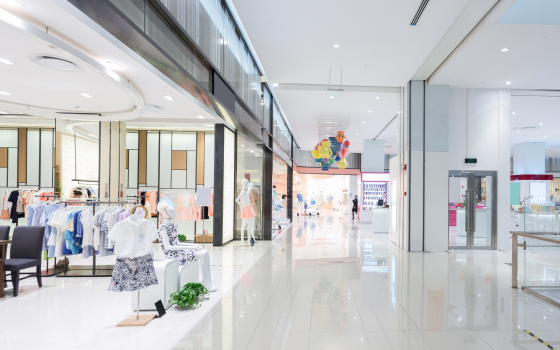
Maximizing Brick-and-Mortar Retail Success with People Counting Technology
Imagine being able to optimize your store performance, increase sales, and improve your customers' shopping experience with simple technology solution.

